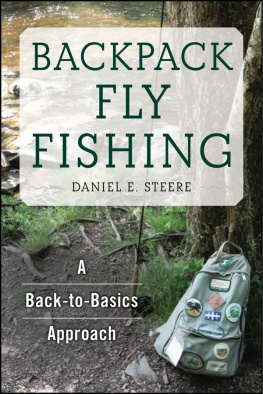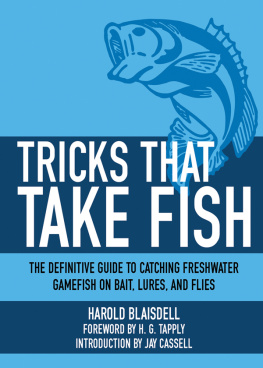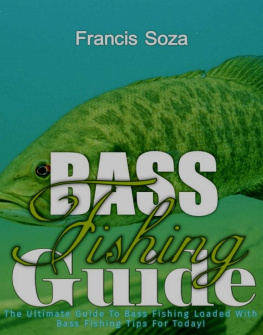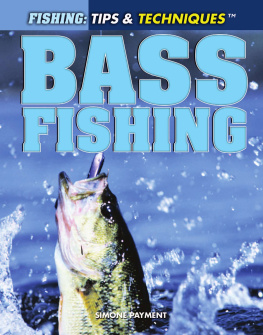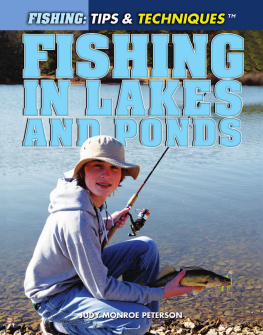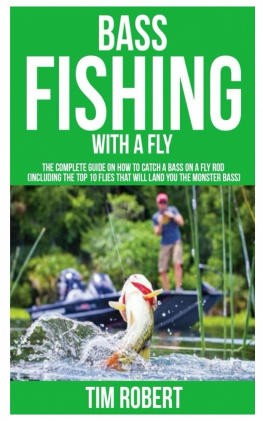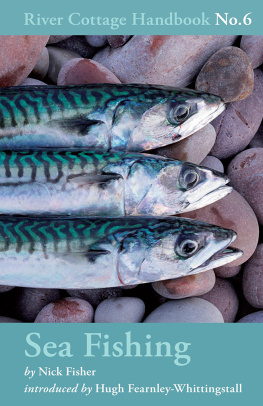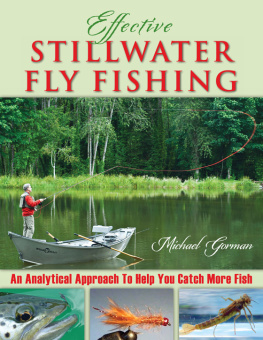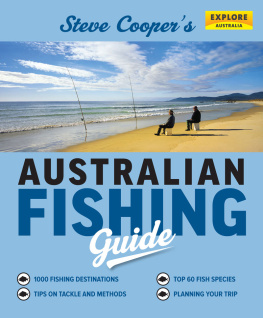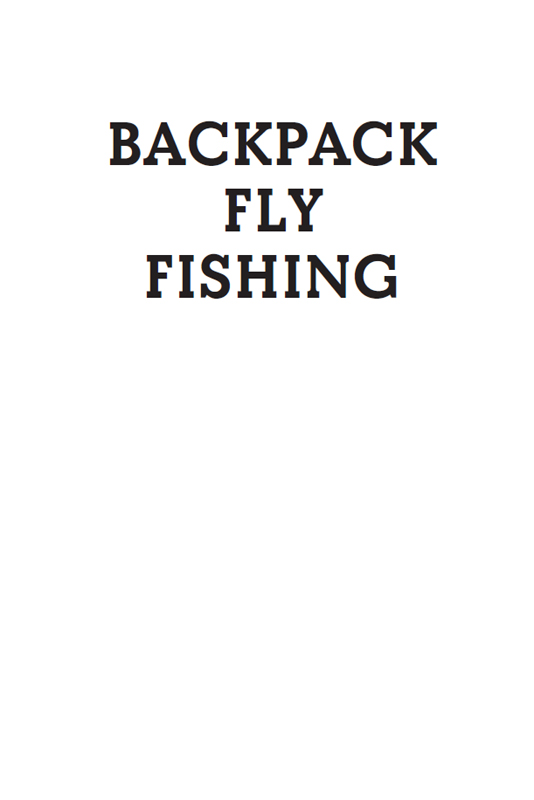Copyright 2016 by Daniel E. Steere
All rights reserved. No part of this book may be reproduced in any manner without the express written consent of the publisher, except in the case of brief excerpts in critical reviews or articles. All inquiries should be addressed to Skyhorse Publishing, 307 West 36th Street, 11th Floor, New York, NY 10018.
Skyhorse Publishing books may be purchased in bulk at special discounts for sales promotion, corporate gifts, fund-raising, or educational purposes. Special editions can also be created to specifications. For details, contact the Special Sales Department, Skyhorse Publishing, 307 West 36th Street, 11th Floor, New York, NY 10018 or .
Skyhorse and Skyhorse Publishing are registered trademarks of Skyhorse Publishing, Inc., a Delaware corporation.
Visit our website at www.skyhorsepublishing.com.
10 9 8 7 6 5 4 3 2 1
Library of Congress Cataloging-in-Publication Data is available on file.
Cover design by Tom Lau
Cover photo credit: Zach Steere
Print ISBN: 978-1-63450-749-3
Ebook ISBN: 978-1-63450-750-9
Printed in China

Contents

Foreword
B ats flutter and swoop, etching wild patterns across the sky on their nocturnal patrol. Slight ripples dimple the waters otherwise serene surface in intermittent pools surrounded by clusters of lily pads. Dusk stealthily approaches. Suddenly a large splash to my left awakens me from the previous enchantment of the evening. I reflexively swivel my head to catch what my startled imagination insists must be a monster fish. Instead, it is my fellow fisherman and good friend Dan Steere who has just fallen into the lake on his first-ever fly-fishing trip. In his defense, its very difficult to keep your footing on the bases of the lily pads while fly casting. And even though he swears to his wife, Kathy, later that night that he would never fish again, he returns to White City Lake in central New Jersey to catch many fish, including his personal best calico bass.
Since those early days, Dan has gone on to fish the white fly hatch on the Housatonic River in western Connecticut, the Chticamp River in Nova Scotia for salmon, Point Judith Pond in Rhode Island for stripers, a small farm pond in northern New Jersey using a hare worm fly to catch largemouth bass, and many other streams and lakes throughout New England, New Jersey, Pennsylvania, and Montanaamong many others.
One adventure worth noting occurred on Yellowstone Lake while camping in Yellowstone National Park with his family. While fishing on the lake, Dan noticed what appeared to be trout hitting the surface of the water. Attempting to catch the fish using dry flies proved unproductive. Analyzing the situation, Dan switched to a hares ear nymphdetermining that the trout were actually going for emerging flies (nymphs swimming to the surface to hatch). Dans attention to detail and fishermans intuition resulted in a few fine cutthroat trout.
In Dans book, Backpack Fly Fishing , you will discover Dans acumen for catching fish in many different environments and situations. Through his descriptions of the various fish he catches, he demonstrates his appreciation for the beauty of each and every species of fish. His writings include many insightful and down-to-earth approaches to backpack fly fishing. You will be fascinated with his keen awareness of nature and its intricacies, his simple and pure love of fishing, and the personal elements with which he infuses his narrative.
Hopefully Dans book on backpack fly fishing will entice you into a new way of thinking about fishing in a more simplified, enjoyable manner. As you read this book, his enthusiasm will rub off on you and lure you into this simplified approach to fly fishing. He has shared many of his memorable experiences using creativity and deductive reasoning to outsmart fish in many circumstances and under a wide variety of conditions. After reading Backpack Fly Fishing , you will certainly be well on your way to acquiring the same skills and techniques that Dan has spent so many years diligently developing.
Tom Oliver, Crosswicks, New Jersey
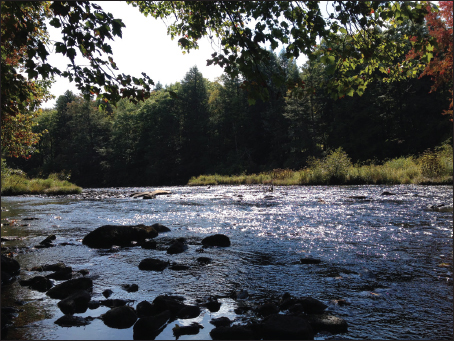
Tobyhanna Creek, Pennsylvania.

Authors Note
B ecause both men and women can enjoy backpack fly fishing and the strategies described in this book, I have elected to use the general term flyfishers, as opposed to the more cumbersome terms flyfishermen and -fisherwomen.
Much of the information contained in this book is the cumulative result of over thirty years of fishing, often with flyfishers who were more skilled and knowledgeable than I am. I wish I could remember whom to credit for each tidbit of knowledge, but I do not. Suffice it to say that I thank them all for sharing their fishing wisdom and company with me. I have, however, indicated in the text whenever I have drawn information from specific published sources.
All fish photographed in this book were released unharmed.

Introduction
B ackpack fly fishing is perhaps the most consistently enjoyable form of fishing for a wide range of people. Its appeal is simple: a fly rod, a backpack with some simple equipment, and a desire to explore. Preparation for a fishing trip is minimal, and often an opportunity to fish is a secondary by-product of another fun outdoor activity. And, most importantly, it can be as effective as other strategies in terms of catching a wide range of fun and challenging fish on a fly rod.
My preference for backpack fly fishing evolved over a number of years. I came to fishing later in life (in my late twenties), so initially everything was new and interesting to me. I started with spin fishing (which I still do), but when my dad brought home a first edition of Zane Greys Tales of Freshwater Fishing from our local library sale with its period photographs of Zane and his brothers fishing with those strange long rods with the reels at the very end, I was immediately drawn to the idea of fly fishing. I talked about it incessantly, enough so that my wife Kathy bought me my first fly rod in February in anticipation of my April birthday. (I guess she just didnt want to hear me talk about it anymore....) And so began my love affair with fly fishing and fly rods. With my friend Tom Olivers guidance, I started on bluegills, with one memorable crappie on my second outing. At that point I owned one fly rod and one box of flies, carried in an old Pendleton flannel shirt. My dad gave me my first fly-tying kit, and I learned to tie my own flies through discovery and by following Dick Stewarts Universal Fly Tying Guide. From there, I ventured into trout fishing. My fly rods accumulated, as did the fly boxes filled with flies in my vest. Then, I discovered bass fly fishing after reading Dave Whitlocks groundbreaking book on the subject and Dick Stewarts bass fly-tying book. I added specialized heavier fly rods to my collection, and I continued to fly fish and tie flies.

